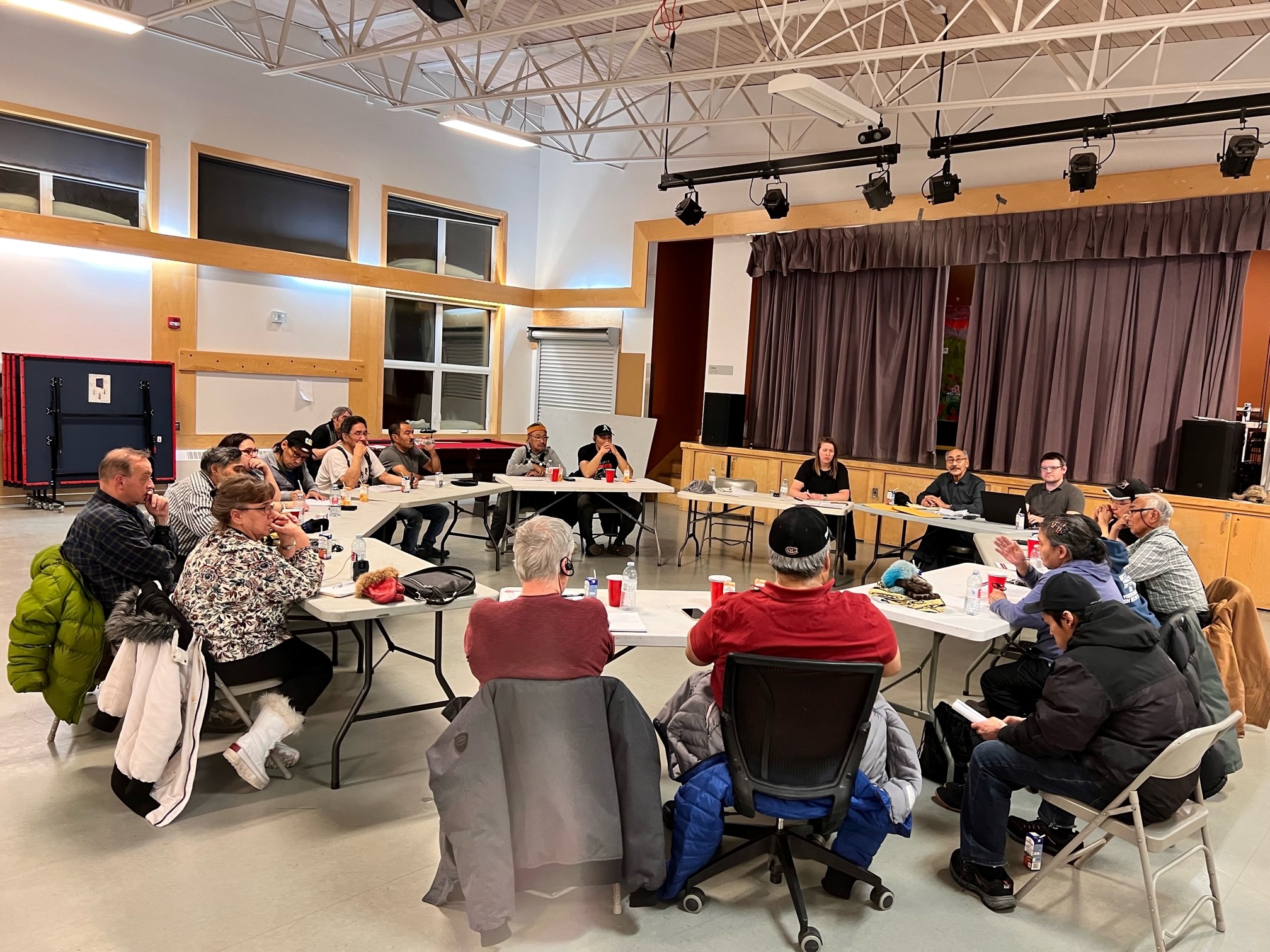Canadian miner working on proposal to keep Nunavut iron mine open
The company had previously said it needed to expand its Mary River operation in order to keep it viable — but its expansion plans weren't approved.

Baffinland Iron Mines Corp. is developing a proposal to keep its Mary River iron ore mine running.
The plan, which the company calls a “Sustaining Operations Proposal,” comes a little more than a month after federal Northern Affairs Minister Daniel Vandal’s Nov. 16 rejection of its phase two proposal to expand operations and double its shipping output from the mine, about 150 kilometers southwest of Pond Inlet.
Baffinland had said it needed to expand its Mary River operation in order to keep it viable. Without the government’s approval of the expansion, the company said it might have to close the mine.
Baffinland began posting information about its plan to keep the mine going on its Facebook page on Dec. 7.
The company recently finished a tour of three of the five North Baffin communities to get feedback on the proposal, said Baffinland Iron Mines Corp. spokesperson Peter Akman in an email.
“Following review of feedback from these parties, the final submission will be provided to the regulators,” he said. The Nunavut Impact Review Board advises the federal government on the social and economic impacts of development projects.
Akman said Baffinland representatives visited Arctic Bay, Clyde River and Pond Inlet, but bad weather meant the team’s flights to Igloolik and Sanirajak were cancelled. Visits to those communities will be made in the new year, he said.
Clyde River Mayor Alan Cormack told Nunatsiaq News he attended the meeting, where he told Baffinland representatives his concerns about the mine’s potential environmental impacts.
“I’m worried about the amount of shipping,” he said.
Despite that, Cormack said he wants to see more Inuit working at the mine if it were to stay open.
Nunatsiaq News was unable to reach the mayors of Arctic Bay and Pond Inlet.
Baffinland’s proposal seeks to continue the mine’s current operations of trucking and shipping six million tonnes of iron ore per year, which the company first started doing in 2018 and was approved again to do in 2022.
But continuing to operate at current levels means Baffinland needs to apply to the Nunavut Impact Review Board to amend the Mary River project certificate. At this point, it is only approved to ship 4.2 million tonnes in 2023.
“Baffinland will be asking communities to consider an option that will see the project continue at the current permitted levels,” Akman said.
He said the company is looking for feedback from the communities and will also “address communities’ questions and uncertainties arising from the minister’s rejection of the Phase 2 Proposal.”
“Application materials filed would reflect community and [Qikiqtani Inuit Association] feedback and information that has been part of previous regulatory and monitoring processes,” Akman said.
“It is our hope that this approach would reduce the regulatory burden for participants, while meeting the need to provide certainty for the operations.”
Brian Penney, Baffinland’s chief executive officer, said in a statement the company is asking Inuit to “consider options for regulatory and operational stability for the current project, to give all of us an opportunity to focus on the long-term vision for Mary River.”
“Ultimately, Baffinland must switch to a rail operation for the economic longevity of the project, but continuing the approved trucking and shipping levels in 2023 and beyond would allow us to sustain operations, maintain important commercial relationships, continue to provide employment and deliver benefits to communities on North Baffin Island,” he said.
Penney is scheduled to speak at the upcoming Northern Lights conference in Ottawa in February, where he plans to address the future of the Mary River mine.
This article has been fact-checked by Arctic Today and Polar Research and Policy Initiative, with the support of the EMIF managed by the Calouste Gulbenkian Foundation.
Disclaimer: The sole responsibility for any content supported by the European Media and Information Fund lies with the author(s) and it may not necessarily reflect the positions of the EMIF and the Fund Partners, the Calouste Gulbenkian Foundation and the European University Institute.
